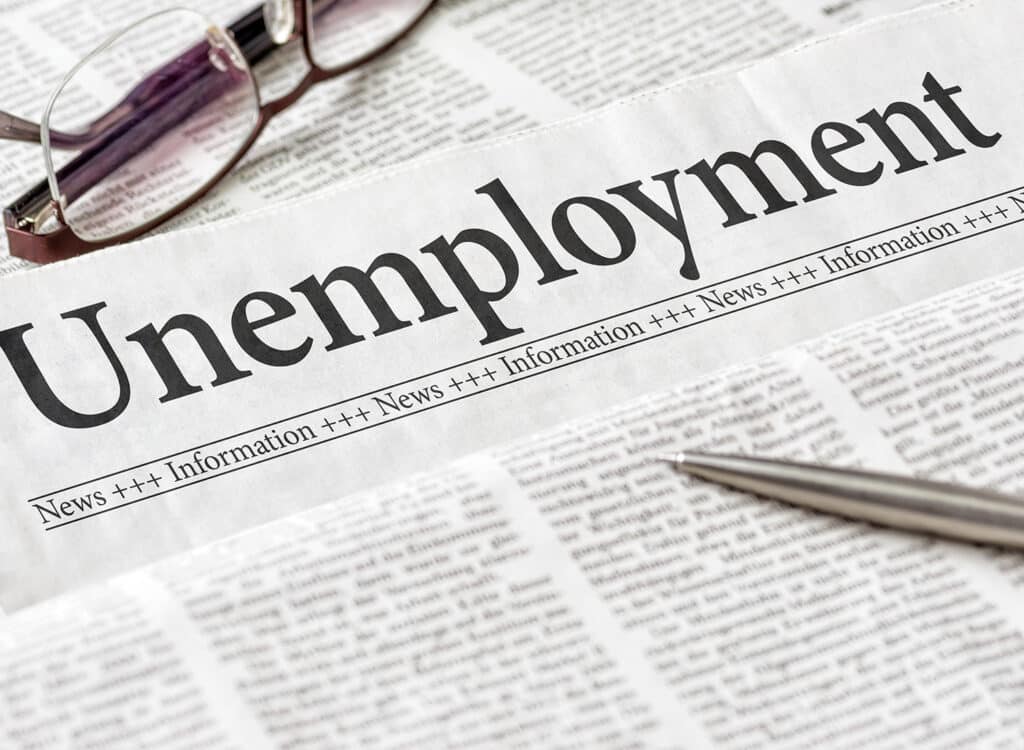Iowa GDP grows 6.3% in Q4, but remains lower for the year as pandemic’s effects continue

MICHAEL CRUMB Mar 29, 2021 | 3:55 pm
2 min read time
507 wordsAll Latest News, Economic Development, Statewide NewsIowa’s gross domestic product leveled off in the fourth quarter of 2020 after seeing big gains in the months before as the state continued its recovery from the coronavirus pandemic.
According to a report issued Friday by the U.S. Commerce Department’s Bureau of Economic Analysis, Iowa’s gross domestic product grew 6.3% in the fourth quarter, a much smaller rate of increase than the 36.4% seen in the prior quarter.
Although a smaller rate of increase, it was still markedly improved from earlier in the year when it declined 28.2% in the second quarter of 2020 as the pandemic tightened its grip on the state’s economy.
Iowa’s GDP also was higher than the national rate of 4.3% for the fourth quarter, the report showed. The GDP measures the monetary value of finished goods and services in each state and the country.
The monetary value of Iowa’s GDP in the fourth quarter was $199.9 billion, up from about $195.3 billion in the previous quarter. In the second quarter of the year, Iowa GDP shrank to $179 billion.
Iowa’s GDP grew at a faster rate than most of its neighboring states, second only to South Dakota, where the GDP grew at 9.9% in the fourth quarter. Iowa and Nebraska both saw their GDP grow by 6.3%, followed by Missouri at 5.6%. Minnesota, Wisconsin and Illinois all grew at lower rates, the report showed.
Despite the improvements in the last two quarters of 2020, the GDP for the year was down 2.3% from 2019, a signal that the state has not fully recovered from the effects of the pandemic, said Tom Root, associate professor of finance at Drake University.
In Iowa, the growth was led by gains in agriculture and finance and insurance, followed by manufacturing. Educational services, government, and accommodations and food services still saw slight declines in GDP in the quarter, the report showed.
According to Root, the accommodation and food service industry was responsible for about one-fifth of the total decline in the Iowa economy from 2019 to 2020. “The loss of jobs in the industry mirrors the national statistics and it was also the largest contributor to the 3.5% decline in U.S. real GDP from 2019 to 2020,” he wrote in his analysis of the fourth-quarter GDP.
Root said the difference in industries highlights the fact that the pandemic has had a greater effect on jobs that are not easily transferred to a virtual work environment, “and which have borne the brunt of the needed social distancing and health restrictions.”
According to Root, the nation’s employment picture illustrates the yearly decrease in the GDP.
“The labor force participation rate also dropped from 70.2% in December 2019 to 65.3% in December 2020,” he said. “The decline in the labor force participation rate highlights that some of the workers who lost their jobs also quit looking for work.
“As GDP growth continues in the coming year, it will be important to also watch the employment and labor force numbers for signs that individuals are reentering the workforce,” he said.










